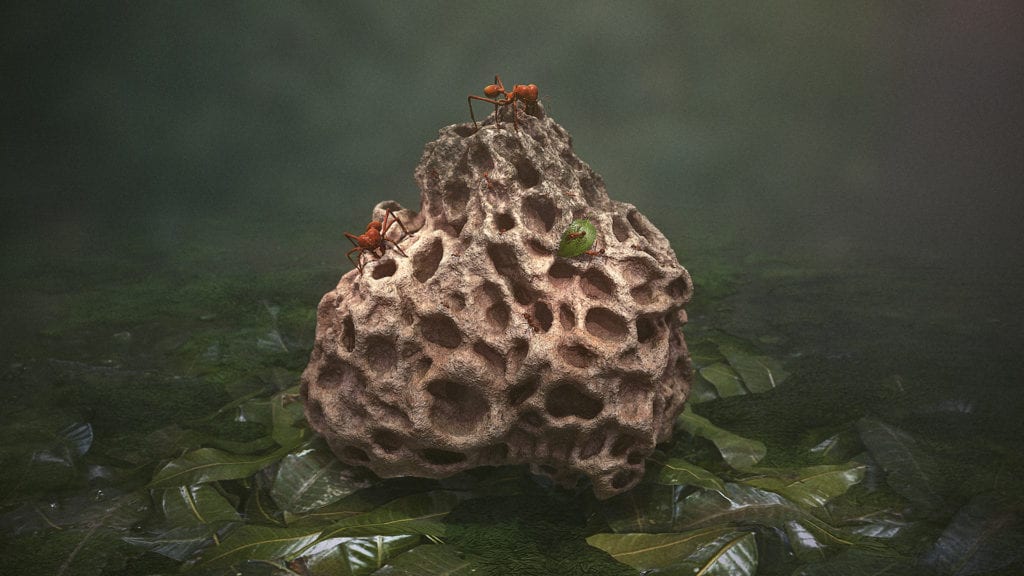Q&A with Balint Kacsoh
Tending to ant farms, catching butterflies, digging for worms: activities we might pair in our minds with childhood. Children are fascinated by insects but with time and age we somehow go from ant farms to ant traps. What once kept us occupied for an afternoon outside is now a pest in the house or at the barbecue, something to swat rather than marvel at.
Balint Kacsoh captures the beauty of insects and brings back that childlike sense of wonder with his images. Currently a postdoctoral fellow at the University of Pennsylvania in Philadelphia, Balint studies epigenetic regulation of behavior and ageing, using ants as a model system.
Balint was a 2020 Visualizing Science Contest participant whose image was selected for the 2021 cover of the Canadian Journal of Zoology.
What’s your favourite format for capturing images of insects and why?
I really enjoying taking macro photographs of insects. This is due to the high level of detail we can see in each image. It is truly remarkable how underappreciated the beauty of insects are. I hope that in some way my images can convey this.
Super major of atta cephalotes smelling a flower 🥰 #ant #ants #antman #science #SciComm #ScienceCommunication #stem #STEMDed #NaturePhotography #Flowers #insect #insects #bug #bugs #antslife pic.twitter.com/7BVJXvw7mZ
— Balint Z. Kacsoh (@BalintZKacsoh) July 20, 2021
Tell us about a time when taking a photo didn’t go as planned.
Most of my photos end up being deleted. The equipment I have is not for high-speed photography, so most of the images are blurry. However, when I was photographing an Atta cephalotes leaf carrier caste, I saw an ant standing still, holding a leaf. I knew this would be a perfect shot and positioned the camera to get a photo. As I am clicking, another ant walks by and picks up the original ant while simultaneously jumping off the ramp. One can never plan for the beautiful chaos that is nature.

3D recreation of Atta cephalotes fungus garden | Balint Kacsoh
What is the next species you want to capture an image of?
I’d really love to travel to get photographs of the species Harpegnathos saltator in the wild.

Lightsheet microscopy of developing Atta cephalotes of nurse caste | Balint Kacsoh



